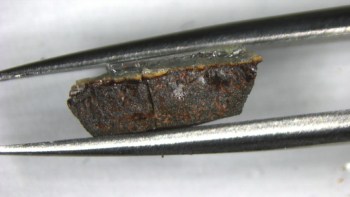Researchers in the UK and Sweden have created a new material that could cut costs in the electronics industry. Lidija Siller at the University of Newcastle and colleagues in Durham and Göteborg have developed a simple method to mass-produce thin films of gold nitride. In addition to being cheaper than the gold-plating methods that are currently used to make electronic components, gold nitride also offers improved performance (S Krishnamurthy et al. 2003 Phys. Rev. B to be published).

Gold is routinely used to electroplate components in products such as computers and mobile phones because it has excellent conducting properties and is relatively stable when exposed to the atmosphere. The gold is usually combined with elements such as nickel, cobalt, iron or arsenic to reduce costs and to improve its hardness.
Nitrides are typically more durable than their parent metal so researchers have long believed that gold nitride could be used an alternative to gold itself. However, gold nitride has proved difficult to synthesize – despite twenty years of effort.
Siller and co-workers have now used a technique known as ion implantation to make gold nitride. The researchers directed low-energy nitrogen ions – from an ion gun that contained pure nitrogen gas – onto gold crystals, films or foils under ultrahigh vacuum conditions. They confirmed the presence of the nitride with photoemission spectroscopy and found that it had a novel triclinic structure. This structure is predicted to be metallic and should therefore be suitable for applications.
“Our method produces harder, conductive gold coatings – which do not require the addition of environmentally damaging trace elements – by a relatively ‘clean’ and inexpensive process,” says Siller. Moreover, gold nitride is more hard-wearing than the materials currently used, which means that manufacturing costs can be reduced by using thinner plating layers. The Newcastle researchers say that the method could readily be scaled up to industrial levels of production and have applied for a patent on the process.



